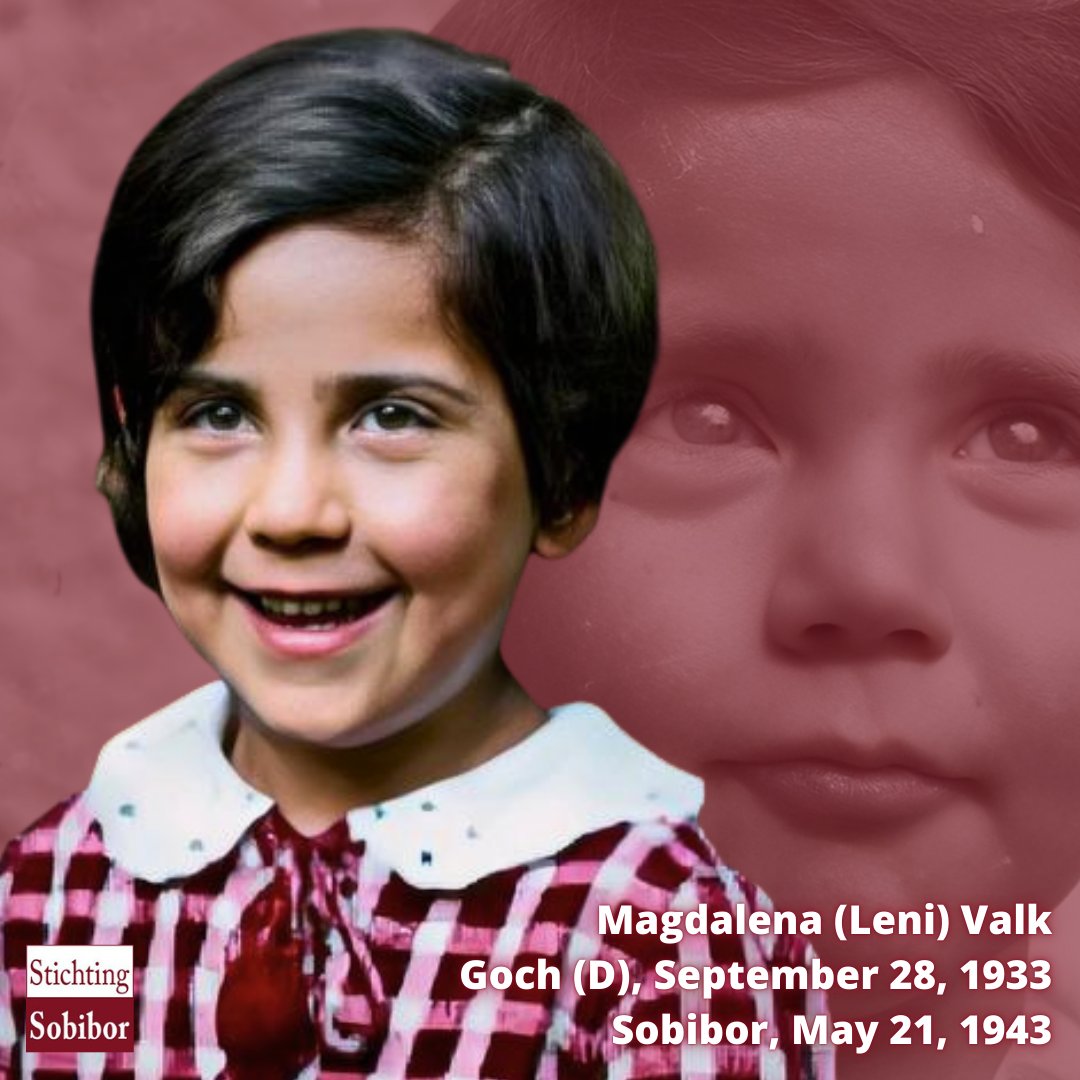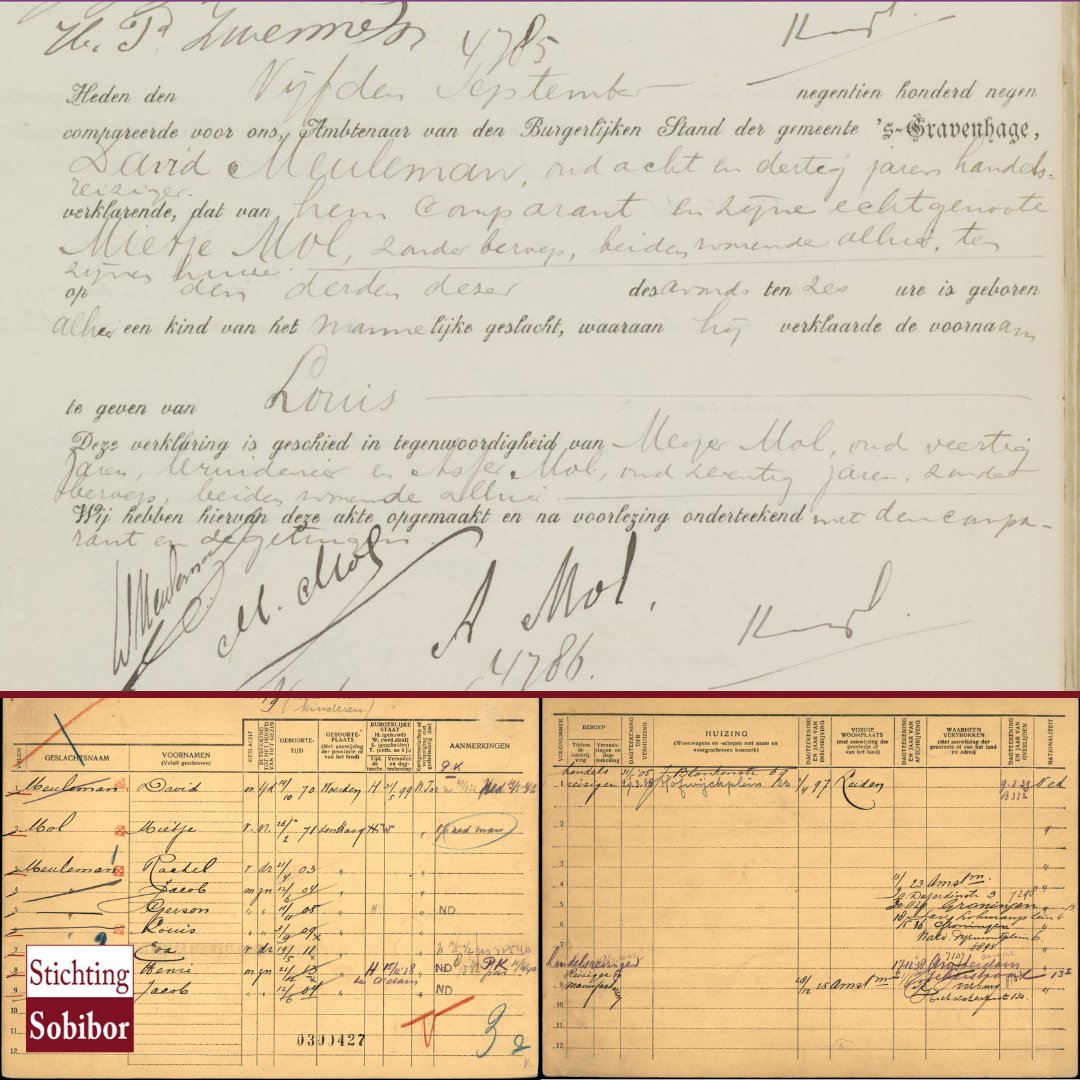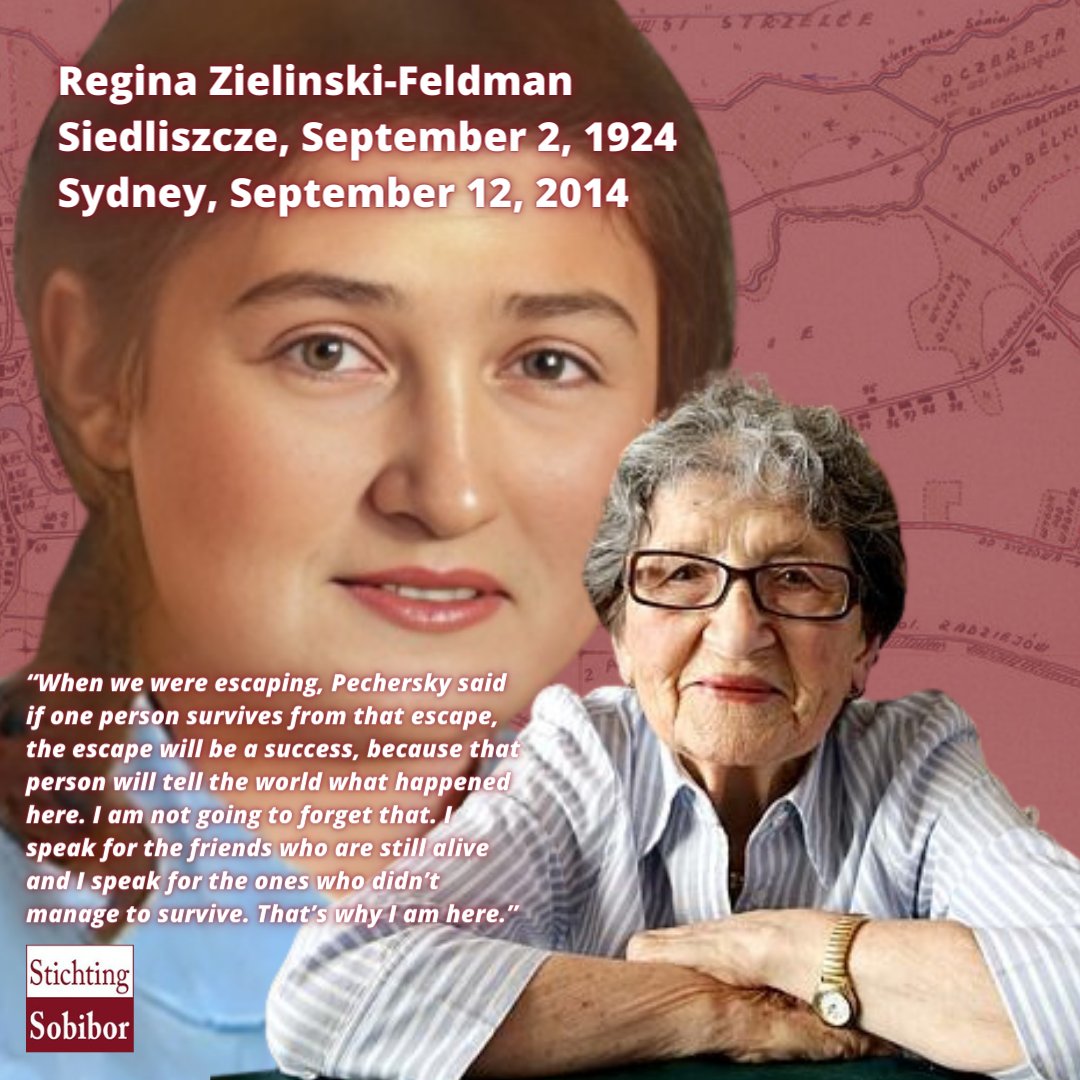27.04.1943 |#OTD The 9th transport from @kampwesterbork to #Sobibor consisted of 1204 people, including the NL composer Leo Smit and his wife Lientje de Vries. His music will be heard in Westerbork on May 4: kampwesterbork.nl/programma/acti… Who was he? 👇🏼/1 @MajdanekMuseum 

Leo Smit was a talented composer, born May 14, 1900 in Amsterdam's Plantage neighborhood. He studied piano and composition at the Amsterdam Conservatory and was the 1st student to graduate cum laude. Smit became a teacher of analysis and harmony at the @ConsAmsterdam /2 

On June 28, 1925, his work "Silhouettes" was premiered by the @ConcertgbOrkest. After his military service, he gave up teaching and left for Paris, where he developed his own style and wrote successful pieces, such as the Harp Concerto with Rosa Spier. /3 

In 1933 he married Lientje de Vries and she followed him to Paris. After living in Brussels for another year, they settled back in Amsterdam in 1937, where Leo began giving private lessons in piano, theory and composition. /4 



The anti-Jewish measures gradually worsened. In 1941, Jewish musicians were no longer allowed to perform in public. Non-Jewish students gradually stayed away from Leo Smit, and he was forced to move to Judenviertel II in the Transvaal neighborhood in Dec. 1942. /5 

Despite the difficult situation, he continued to compose; his last composition was the Sonata for flute and piano, which he completed in February 1943.
Smit had at the very end been able to take his compositions and sketchbooks to safety at various addresses. /6
Smit had at the very end been able to take his compositions and sketchbooks to safety at various addresses. /6

Sonata for Flute and Piano by Leo Smit (1943) /7
At the end of March 1943, Leo and Lientje were arrested and taken to the Hollandsche Schouwburg. On the 9th of April 1943, they were taken to Westerbork transit camp. With the 9th transport on April 27, 1943, they were deported to the Sobibor extermination camp. /8 



His student Frits Zuiderweg gave the archive and the scores after the war to Leo´s sister Nora Coppenhagen-Smit, who had survived in hiding. Since 1996, the @LeoSmitSticht has endeavored to continue the work of Leo Smit. /9 

His music lives on as a memory of a talented and promising composer whose life was prematurely ended by the Holocaust. Let us continue to play his music and remember his life and his contribution to Dutch music history. /10
Tip: @NPORadio4 made this Dutch podcast: Leo Smit, just before his deportation he saw a chance to put his music in safekeeping. /11
open.spotify.com/episode/1QON2K…
open.spotify.com/episode/1QON2K…
• • •
Missing some Tweet in this thread? You can try to
force a refresh























